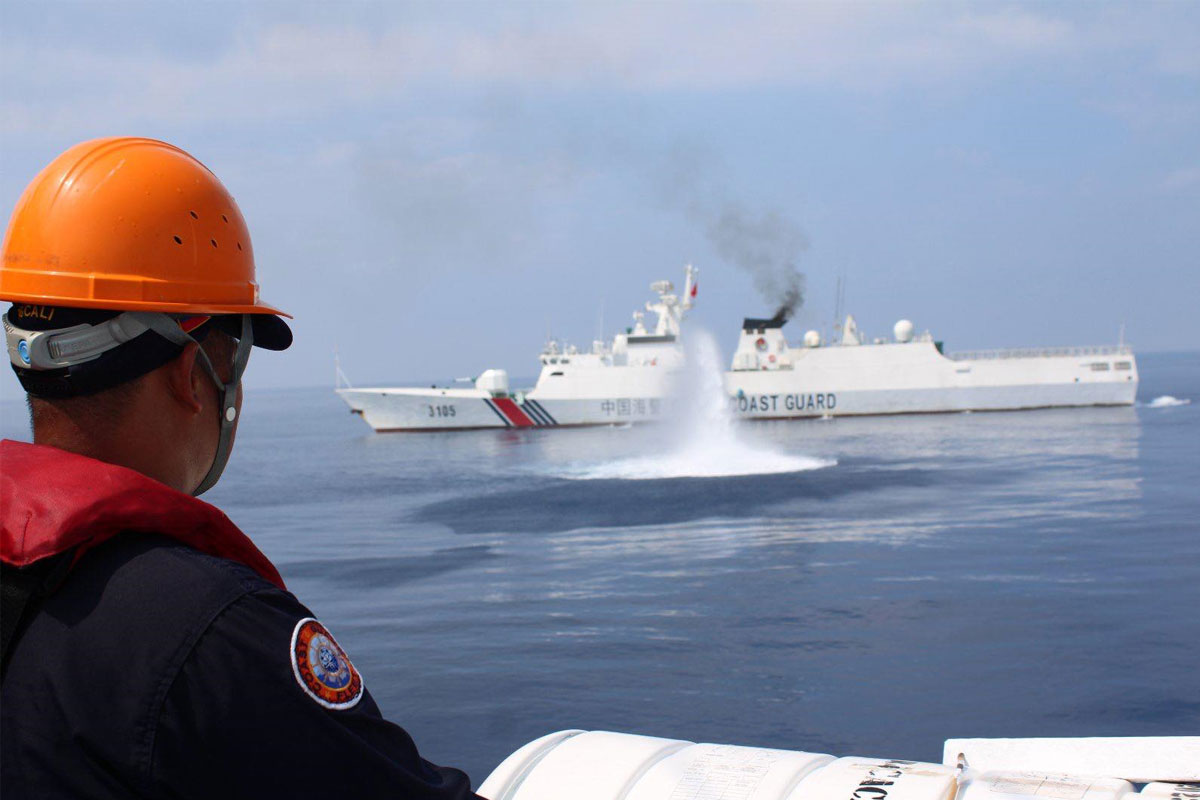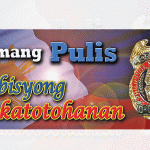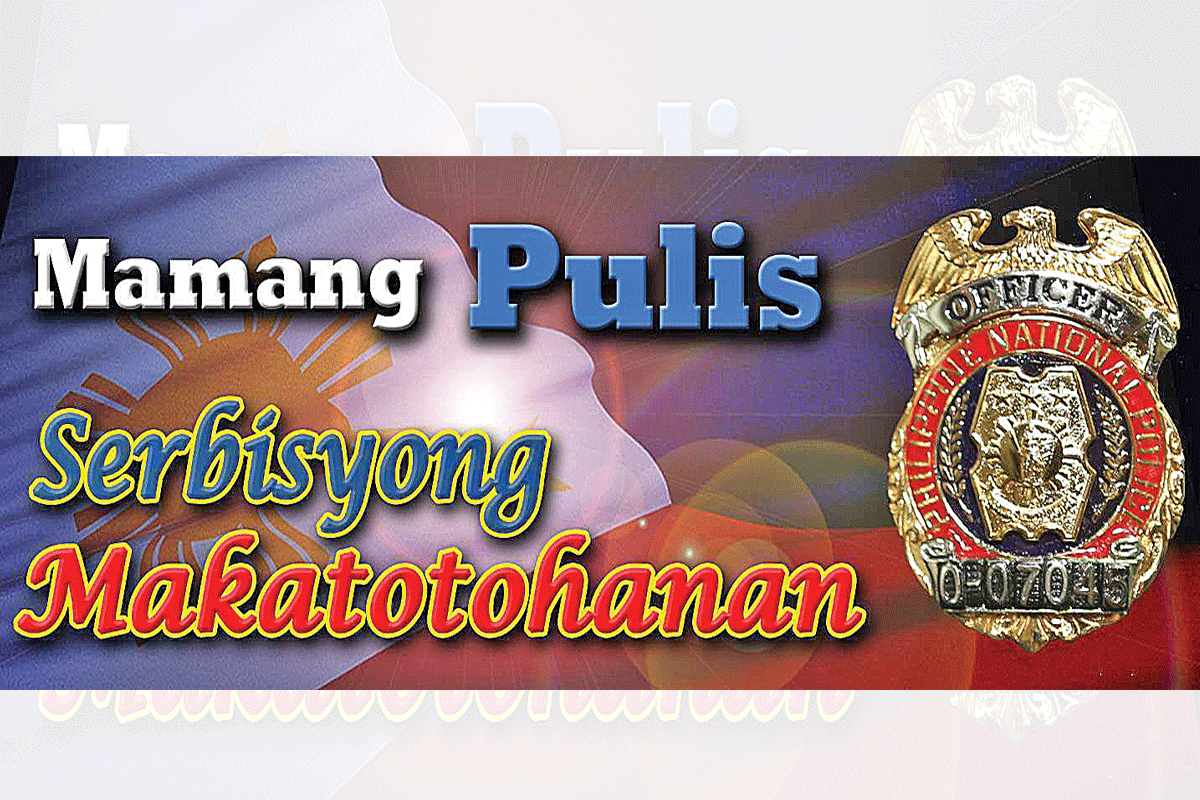
SITUATIONAL SENSITIVITY
 Situational sensitivity can be defined as the state of being aware of the internal and external environments of the organization. The process takes also the skill to be keen on the situation that the organization is in, which takes on the ability to perceive, understand and effectively respond to one’s situation. It involves comprehending a given circumstance, gathering relevant information, analyzing it and making informed decisions to successfully address potential risks, hazards, or events that might occur (Situational Awareness, 2023).
Situational sensitivity can be defined as the state of being aware of the internal and external environments of the organization. The process takes also the skill to be keen on the situation that the organization is in, which takes on the ability to perceive, understand and effectively respond to one’s situation. It involves comprehending a given circumstance, gathering relevant information, analyzing it and making informed decisions to successfully address potential risks, hazards, or events that might occur (Situational Awareness, 2023).
Situational sensitivity is a tool contained in an arsenal of methods used in situational analysis. Situational analysis is a collection of various methods designed to analyze the organization’s internal and external environments; the organization’s capabilities, resources and threats in order to work out a strategy to solve problems or address needs.
Why is situational analysis important? Situational analysis helps develop the basis for understanding the barangay or community in which a plan is delivered. It provides a common reference point for the planning process and prioritizes actions. Situational analysis can likewise provide an appreciation of the risks and benefits to the plan and the community involved from the way in which the communication process is implemented through various ministries and mandated organizations.
As part of situational analysis, situational sensitivity takes on the following process: PERCEPTION -This is the ability to identify a certain problem, issue or concern. This comes by empirical observation which may emerge out of visual appreciation or through verbal interactions. There are times when the people in the parish or community may not be vocal of their problems or their aspirations but out of their actions and reactions, there are certain indications that a problem, issue, concern or needs are present. Some may be bold enough to voice their issues but others need to be assisted to figure out what these concerns are.
UNDERSTANDING – The problem, concern or needs once identified needs clarification in order to be understood. There may be a need to clean up the problems or issues for other concerns may be attached to them. The servant-leader may need to eliminate the entangling issues which may be addressed independently. It needs to be analyzed as to its empirical or interpretative nature. The problem, issue, concern or needs may be empirically quantified or interpretatively qualified.
RESPONSE – Proper analysis of the problem, concern or issue would result in proper tactical response. If the identified problem concerns the lack of resources, then the lack could be quantified. The solution is provision. But there are problems, concerns or issues that are qualitative in nature. The problem may be the differences in perception or meaning to a certain action, event, or person. Then the solution is education to rectify the differences in perception. In analyzing the problem, concern or needs, the servant-leader would already have a hint on how it could be resolved. The result could be a program. If it is the problem or resource, then a project for providing it would solve it. If it is a problem of perception or education, then a program for training or awareness campaign would do.
The process of situational sensitivity can be incorporated with the four moments or dimensions of the Planning Circle. The four moments or dimensions of the Planning Circle are: immersion, social analysis, theological reflection, and pastoral planning. All four of these circulate around experience and are concerned for justice. Peter Henriot presents the Pastoral Circle (Holland and Henriot 2003) as follows:
Contact or Immersion: WHAT IS HAPPENING HERE? “When contact is made, a privileged question to be asked is: What is happening to the poor in this situation?” This option for the poor “places a priority on the experiences, views, needs, feelings, and stance of the poor and most vulnerable in a community.”
Analysis or Social Analysis: WHY IS THIS HAPPENING? “The question of why such conditions exist will be guided by those whose rights are being violated and whose responsibilities are called upon to change the situation. The language of rights and responsibilities–rooted in the human dignity of each person in community–pushes analytical approaches beyond economic and political causes to social and cultural causes.”
Reflection or Spritual Reflection: WHAT DOES IT MEAN? “When we come to ask what it means to our faith to evaluate this situation and what is really most at stake in this situation, we can be guided by the church’s social teaching about human dignity and solidarity. Every person is made in the image of God. Dignity is not earned; it is a gift. Key to this dimension of the pastoral circle is the influence of Scripture and theological thought.
Response or Community Planning: HOW SHOULD WE RESPOND? “What to do is an inevitable question in the movement around the planning circle. Two principles of the church’s social teaching orient the threefold response of planning, action, and evaluation. The first is the principle that places action at the lowest level possible–subsidiarity. The second is the principle that reckons the most efficient, equitable, and sustainable use of resources, stewardship.”
————————-oOo——————————
For any personal comments or suggestions, you may call 0917-4805585 or email me at [email protected].























